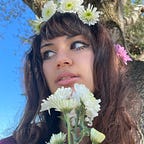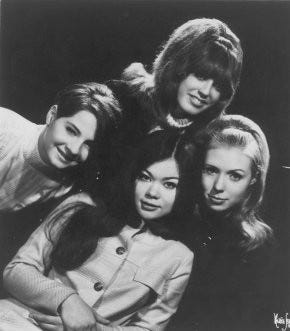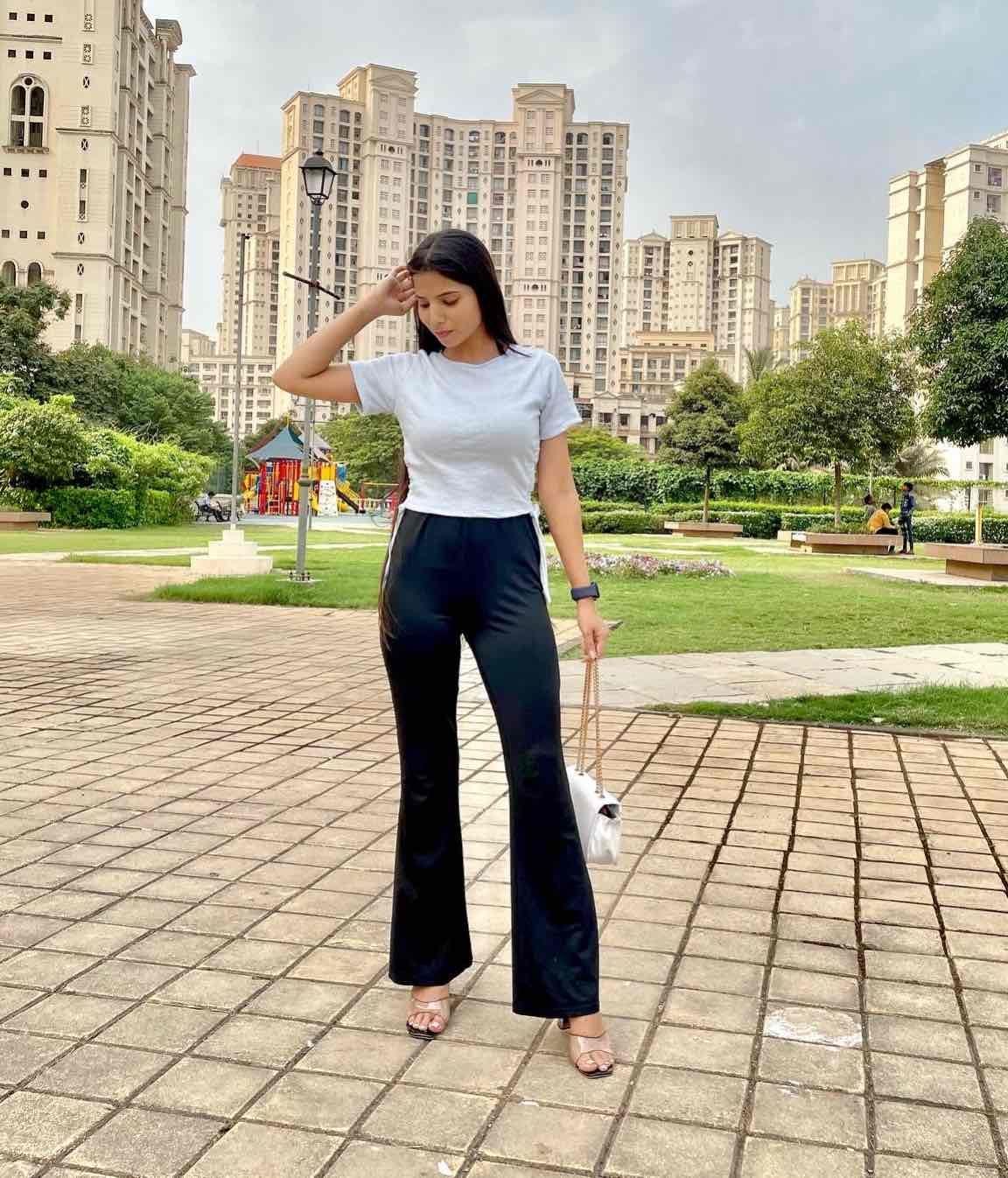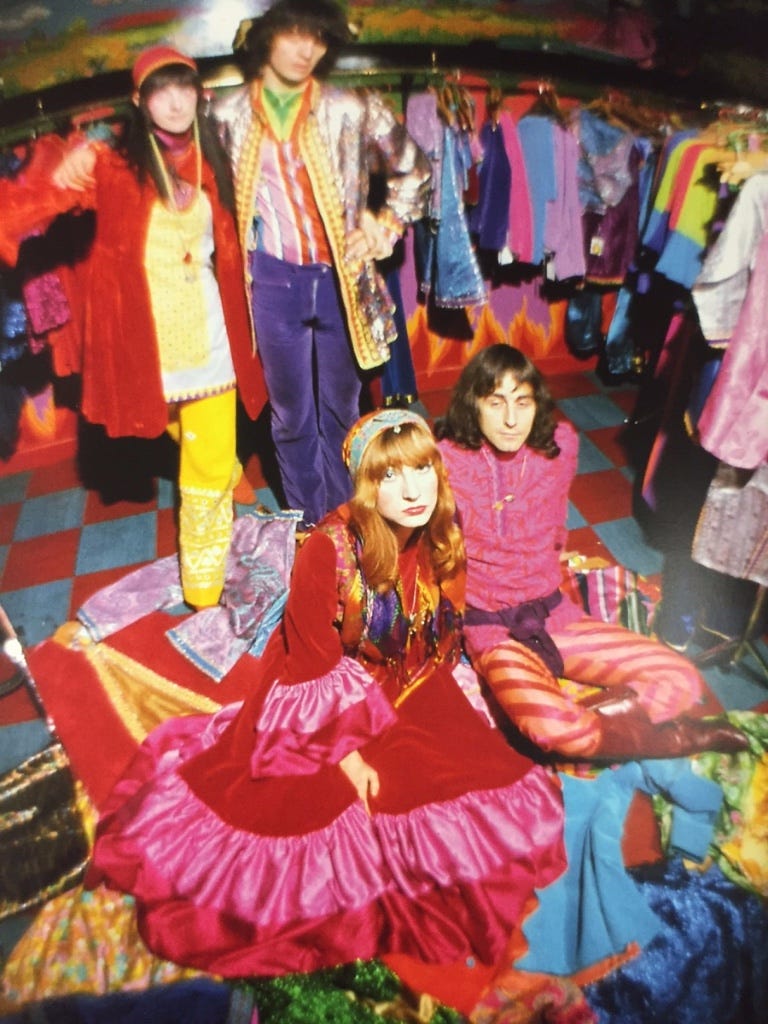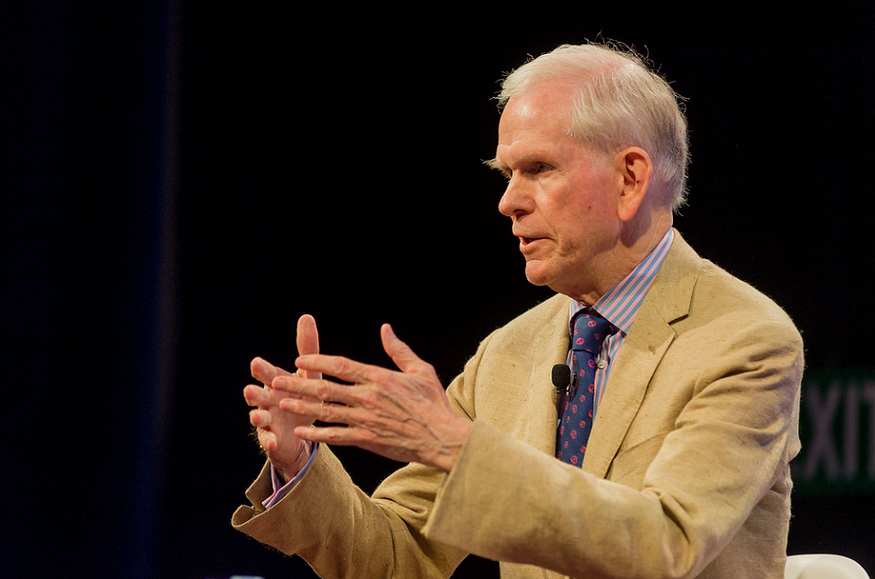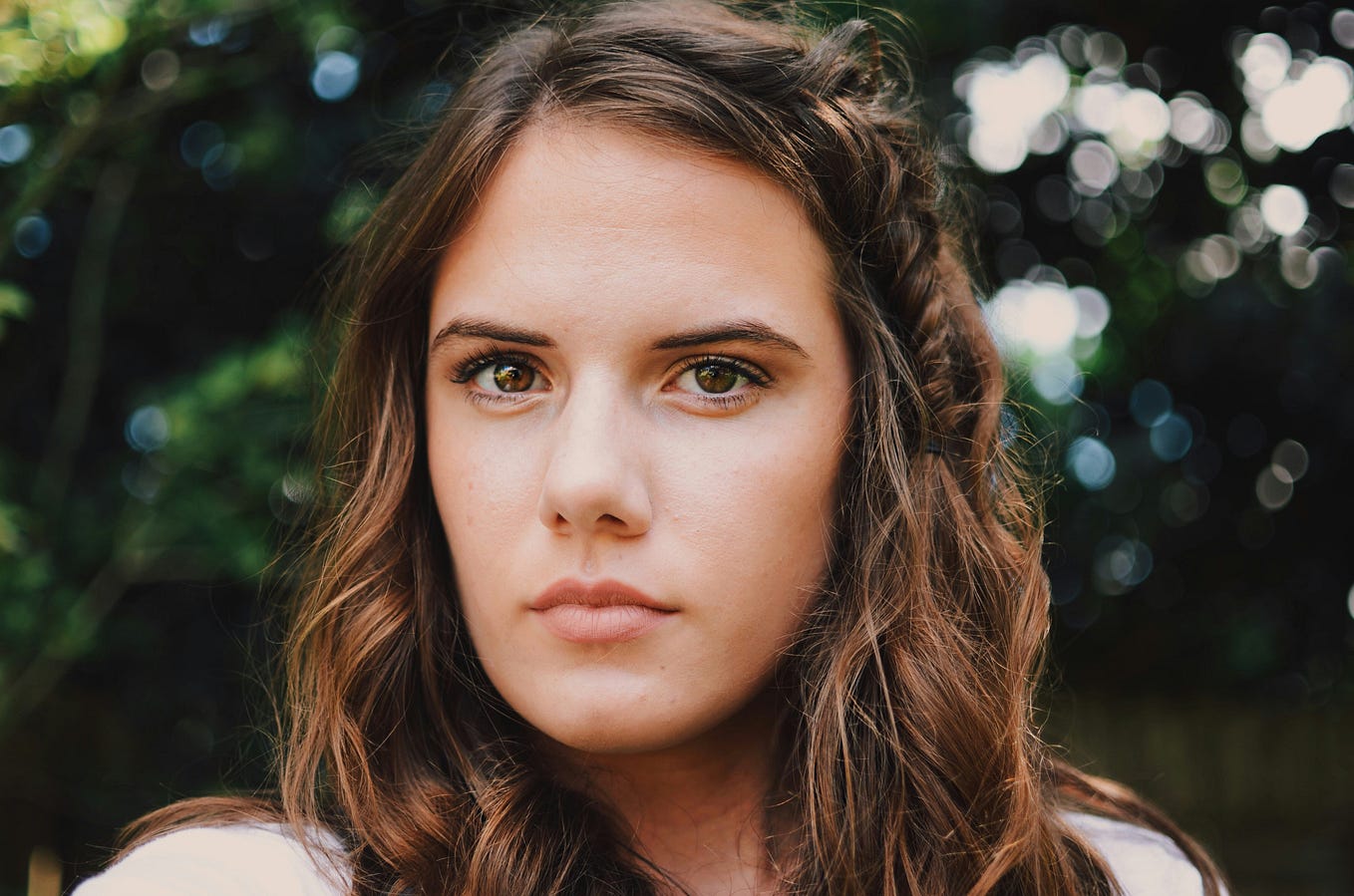The Downfall of London’s Swingin’ & Rockin’ Dandie Fashions… Thanks to The Beatles
Kings Road fostered many an iconic boutique in the late ’60s, the peak of England’s popular psychedelic and lavish couture so closely associated with trippy rock & roll culture.
Dandie (or Dandy) Fashions was at the forefront of London’s Swinging Sixties craze, along with other notable shops including Apple, Granny Takes a Trip, and Hung On You (follow the link to read my article on these three stores > https://medium.com/@parmisetez/a-brief-history-on-three-english-rocker-clothing-houses-of-the-trippy-60s-5f28c6c88a94). The boutique, however, crashed and burned after The Beatles got their hands on it — turning another iconic store into only a memory for its patrons and associates, and its clothes into rare collectibles and museum pieces.
Dandie Fashions (1966–1968)
Dandie Fashions was an indirect result of a conversation between two men in a club called the Speakeasy. Freddie Hornik (who at the time worked as a doorman for the club and later became known for buying Granny Takes a Trip in 1969) and Alan Holston first met to discuss the opening of a new boutique, soon finding John Crittle, entrepreneur Neil Winterbotham, and socialite Tara Browne to join their venture.
Initially fronting the establishment were Crittle and Browne. John Crittle was an Australian-born fashion designer who had moved to London around 1963–64, quickly finding himself involved in the pop-culture scene of the time. By 1965, Crittle had secured a job working for Michael Rainey in his boutique Hung On You. Tara Browne had similarly moved to London from Ireland to join the swinging counterculture. Finding himself the heir to the Guinness fortune, Browne was well-established among the elite, both the posh and rock & roll. He was friends with the likes of The Beatles and The Rolling Stones, reportedly having introduced Paul McCartney to an LSD trip for the first time, and having flown out Mick Jagger, Brian Jones, and Anita Pallenberg to his family’s estate in the mountains of Wicklow for his opulent 21st birthday party.
The store was planned to be an outlet of Crittle and Browne’s tailoring company Foster & Tara, however, tragedy struck before the store could open. Tara Browne was on the way to meet designers Binder, Edwards, and Vaughn to discuss the exterior front of the shop, travelling with his girlfriend Suki Portier. Driving at a high speed and under the influence of multiple substances, Browne crashed his car into a van parked at Redcliffe Gardens, saving Portier but dying himself the day after due to excessive injury. John Lennon explained in 1980 that this tragedy and its headline report in the Daily Mail served as his inspiration for some of the verses in “A Day In The Life”. Released a year after the event took place, this has become one of The Beatles’ most popular and recognisable songs. Lyrics such as “I read the news today, oh boy” and “He blew his mind out in a car / He didn’t notice that the lights had changed” depict the story of Browne’s unfortunate death and its implications. The Pretty Things’ “Death of a Socialite” is speculated to have also been about the incident.
Following Browne’s death, Crittle took his share in the business and developed Dandie Fashions, which first opened in South Kensington. Around October of 1966, the store moved to King’s Road, a street known for its stores’ tastes in luxurious and flamboyant clothing. Here, the boutique, managed by co-founder Alan Holston, featured a psychedelic front — as many stores along the street did — and inside a high-fashion, cosmopolitan collection of clothing similar to that of Hung On You’s. Dandie Fashions sold pieces of rich materials including silk and velvet, in diverse prints, patterns, and styles that embodied both the dandy mod and psychedelic culture the sixties’ have been recognised for.
The store’s clientele surely embodied these characteristics as well. Princess Margaret, David Bowie, Jimi Hendrix, The Who, and The Rolling Stones were all patrons of Dandie Fashions, frequenting the shop for their stage and everday looks. Many became friends with the store’s owners as well. Brian Jones was a close friend of Crittle’s, once lending his car and chauffeur to him to attend court for a drug bust that had occurred during one of the store’s wild parties. Another story tells of an encounter between Crittle’s mom and Jimi Hendrix in 1968. Coming late at night from Australia, Crittle’s mom, Sylvia, spent the night on a sofa at the store. After waking up the next morning she began walking upstairs, and still groggy saw a figure at the top she believed was Jesus. It was instead Jimi Hendrix in a white morning-gown, his hair blocking the window, causing the sun’s rays to appear to be shining around his head. Sylvia stated that Hendrix said “Hello, my name’s Jimi. John told me I could sleep here tonight.” Jimi Hendrix was a friend of the shop’s and a regular at Dandie, owning many jackets from them now featured in collections and museums around the world.
Not only did Dandie Fashions throw parties in the shop but the store also had a “party car” — a psychedelically painted ’56 Bentley — that would transport clients to and from events and clubs around town. One of the store’s key clients were The Beatles, without which it is difficult to tell the story of Dandie Fashions, since The Beatles’ Apple Tailoring was ultimately the cause of Dandie’s demise.
Apple Tailoring (1968–1968)
In 1968, The Beatles (or rather head of Apple Corps. Neil Aspinall and company accountant Stephen Maltz) decided to make an investment for their retail venture. They purchased Dandie Fashions from John Crittle, transforming it into an extension of their doomed Apple franchise (they had a boutique named Apple which closed months before this store was opened).
Named Apple Tailoring, the store became a tailoring shop managed by Crittle, who was given a 1% share in Apple Corps. He described the store’s attire as a less flamboyant and more classy approach to popular fashion, selling “…velvet jackets and the regency look…” compared to the trippy, eye-catching designs found elsewhere including at The Beatles’ last boutique. Crittle seemed to be less interested in the ostentatious aspects of the time’s fashion, stating in ’68 that The Beatles’ taste in clothing was “quieting down” since the previous year and that everybody’s style was “coming back to a normal way of life.” According to him, Apple Tailoring’s desired clients included “…pop groups, personalities, and turned-on swingers.” Young Beatles fans apparently wouldn’t come into the store as they “…[seemed] too frightened to come in…”. Crittle cited the reason perhaps being that “the place is too elegant and too expensive.”
Apple Tailoring preached that their customers would receive quality service and clothing that was custom-made to their wishes, comparing their superior service to ‘off the peg’ tailoring services on Baker Street. A hairdressing salon funded by Apple was located below the store and run by Leslie Cavendish. Cavendish was the hairdresser of numerous musicians, including the Bee Gees, James Taylor, Keith Moon, and of course The Beatles. Before working for The Beatles, he worked for Vidal Sassoon: an idol among ’60s hairdressers and the man behind Mary Quant’s iconic bob.
The shop held an opening party on 22 May 1968 — a day before the store opened its doors to the public. The event was hosted at Club Dell Aretusa, a high-class and members-only establishment that consisted of a restaurant, bar, and disco all in one — drawing in faces including Twiggy, Sammy David Jr., The Rolling Stones, and Princess Margaret. Guests began with a fashion show viewing and after had a buffet-style dinner. This happened to be the day and place where John Lennon was first publicly seen with his girlfriend at the time, Yoko Ono, following the break-up with his wife, Cynthia Lennon. Cynthia was reportedly vacationing with her family in Italy when news of the scandal reached her.
Apple Tailoring closed soon after in July of 1968 due to poor management of the store that eventually led to bankruptcy. The Beatles decided to end their journey into the clothing retail business after this, giving Crittle all shares of the business, thought he ultimately returned to Australia circa 1974.
Dandie Fashions was an icon among icons. The store, like many others along King’s Road, embodied the end of the decade’s elegant and trendy attire and its connection to rock & roll. It’s fun to think what the store would have become if The Beatles didn’t cut its time short. Would Dandie have expanded into the Americas? Or perhaps Australia as that was Crittle’s homeland? Either way, the store did not get the opportunity, and The Beatles found trouble once again maintaining a high-class and quality store. However, what remains of Dandy — its wonderful pieces — remind people today of the store’s unforgettable role in London’s style revolution.
Writer’s after-thought: WOW. Once again, I feel very bitter-sweet to be finishing this article. I always get so lost in the rabbit hole of London culture and lifestyle that I forget I live in America in the 21st century. Maybe one day I can visit London and see the pieces come to life in the city’s Fashion and Textile Museum, it is certainly a dream.
As always, I appreciate any feedback I can get, so feel free to reach out to me and let me know what you liked, what you wanted to know more about, and/or what you had questions on. Thanks, Parmis. :)
Sources used:
http://dandyinaspic.blogspot.com/2011/07/dandie-fashions.html
https://prabook.com/web/john.crittle/2223640
https://www.c20vintagefashion.co.uk/post/beautiful-people-the-exhibition-1
https://upto.com/beatles-history/1968---apple-tailoring-opens-in-london-2022-05-23-00-00
https://davidbowieautograph.com/blog/f/club-dell-aretusa---kings-road-chelsea
https://www.studioava.com/from-the-carriage-house/tara-browne-art-car
